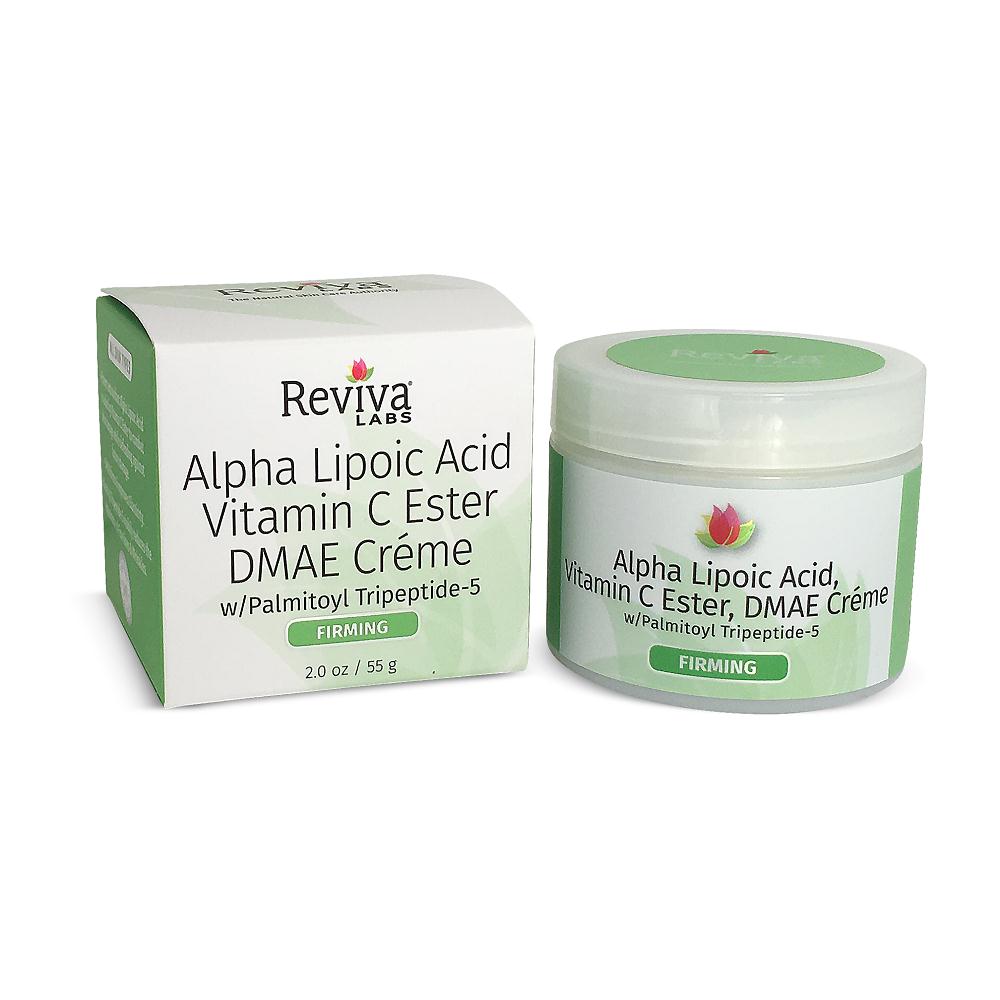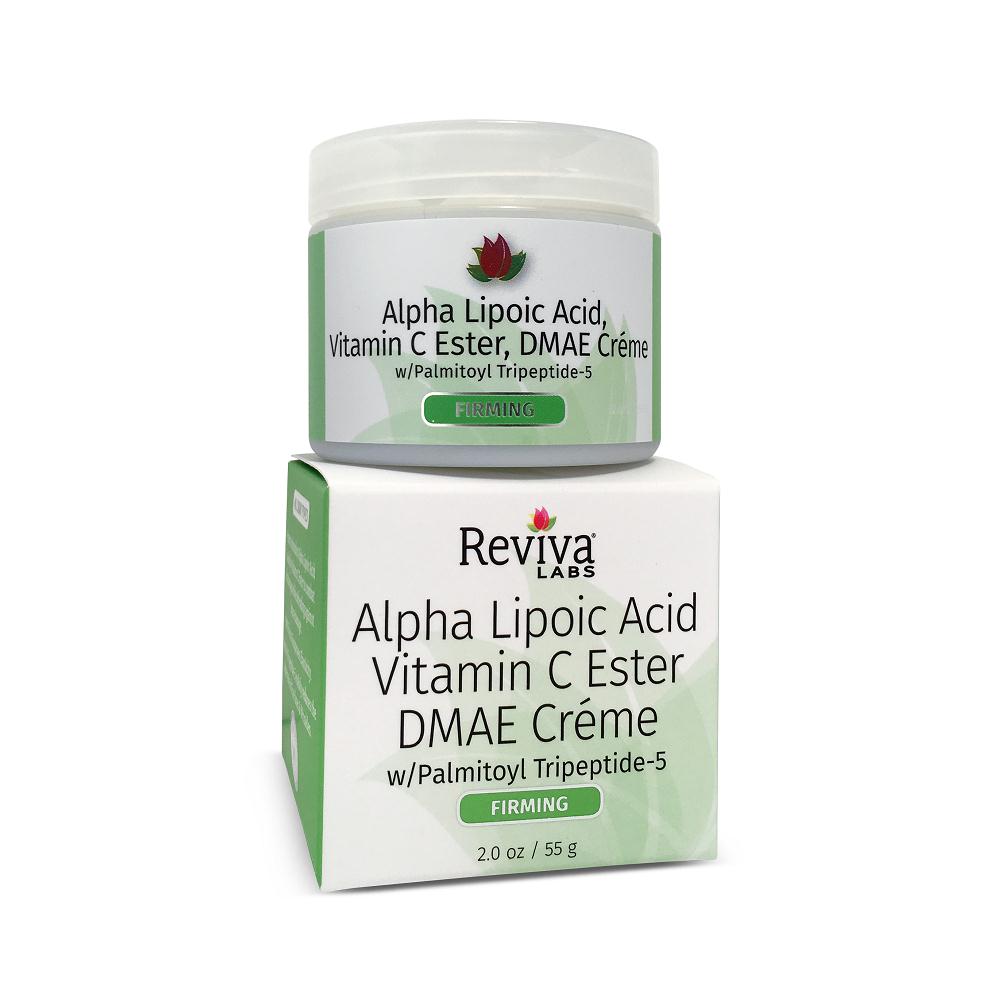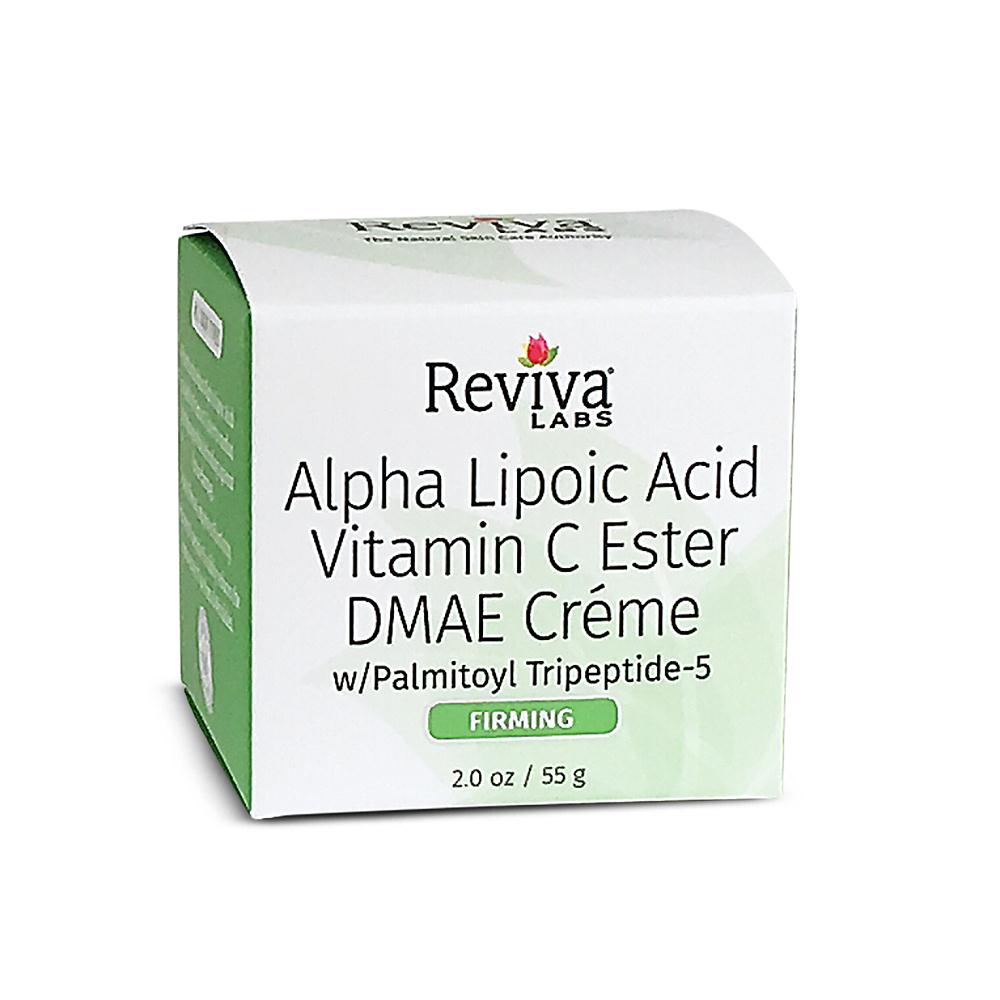| Aloe Leaf Juice | Aloe Barbadensis leaf juice can soothe skin and serve as an anti-inflammatory. It can be efficiently used topically, because of its burn healing effects, scar reducing and wounds healing properties. Aloe protects the skin from UV damage. The herb contains aloin, which can block up to 30 percent of the ultraviolet rays when applied to the skin’s surface. |
|---|
| Olive Oil | Olive oil is used to prevent heart attack and stroke (cardiovascular disease), breastcancer, colorectal cancer, rheumatoid arthritis, and migraine headache. |
|---|
| Phospholipids | Because the body uses phosphatidylcholine to make a brain chemical called acetylcholine, there is some interest in using it for treating “brain-centered” conditions such as memory loss, Alzheimer’s disease, anxiety, manic-depressive disorders, and a movement disorder called tardive dyskinesia. |
|---|
| Sphingolipids | This ingredient is currently being researched thoroughly by our team. A NutraWiki page summarizing our findings will be available soon. |
|---|
| Stearic Acid | Stearic acid is one of many fatty acids that occur naturally in various plants and animal derivatives. It’s found in such products as animal tallow, cocoa butter and vegetable fats. When it’s used in cosmetic products, stearic acid primarily fulfills the role of a thickener or hardener. Stearic acid is the substance that helps your bar of soap retain its shape — just as it does in products such as candles, oil pastels and hard candies. |
|---|
| Glycerin | Promotes Skin Cell Maturation |
|---|
| Cetearyl Alcohol | It is used as an emulsion stabilizer, opacifying agent, and foam boosting surfactant, as well as an aqueous and nonaqueous viscosity-increasing agent. It imparts an emollient feel to the skin and can be used in water-in-oil emulsions, oil-in-water emulsions, and anhydrous formulations. It is commonly used in hair conditioners and other hair products. |
|---|
| Diisopropyl Adipate | Diisopropyl Adipate is an emollient used in personal care creams and lotions and as a solvent in industrial applications. |
|---|
| Propanediol | Propylene glycol is used as a humectant (E1520), solvent, and preservative in food and for tobacco products. It is also one of the major ingredients (30-92%), along with vegetable glycerin, of the “e-liquid” and cartridges used in electronic cigarettes(as well as liquid nicotine), where it is vaporized in the atomizer. Propylene glycol is also used in various edible items such as coffee-based drinks, liquid sweeteners, ice cream, whipped dairy products and soda. Vaporizers used for delivery of pharmaceuticals or personal-care products often include propylene glycol among the ingredients. Propylene glycol is used as a solvent in many pharmaceuticals, including oral, injectable and topical formulations, such as for diazepamand lorazepam which are insoluble in water |
|---|
| Cetearth-20 | Used in cosmetics and personal care products including skin care products, moisturizers, hair conditioners, tanning products, and hair dyes, colors and tints. |
|---|
| Palmitoyl Tripeptide-5 | Peptide is a small molecule which holds amino acids, the building block of skin’s proteins, a major component of skin’s matrix. As your skin’s matrix determines how your skin looks and feels, peptide technology plays a crucial role in anti-ageing skincare. |
|---|
| Dimethicone | Dimethicone is used Primarily as an anti-foaming agent and skin protectant. |
|---|
| Alpha Lipoic Acid | Alpha lipoic acid is said to improve insulin resistance, help with nerve damage caused by diabetes or cancer treatment. It is also said to help protect the retina from damage that occurs in diabetic individuals. Other possible applications include reducing dementia systems and help age-related skin damage. |
|---|
| Dmae Bitartrate | Deanol is applied to the skin for reducing signs of aging, particularly loose or sagging skin. |
|---|
| Magnesium Ascorbyl Phosphate | Potent antioxidant (shown to be able to protect skin from oxidative damages). Can improve appearance of aged and fragile skin. Widely used as add-on ingredient in skin-lightening products to correct hyperpigmentation and age spots. Antioxidant effect can be increased by combining Magnesium Ascorbyl Phosphate with L-ascorbic acid and/or vitamin E. |
|---|
| Jojoba Alcohol | Jojoba is applied directly to the skin for acne, psoriasis, sunburn, and chapped skin. It is also used topically to encourage the regrowth of hair in people who are balding. |
|---|
| Vitamin E Acetate | Vitamin E is also used for treating diabetes and its complications. It is used for preventing cancer, specifically lung and oral cancer in smokers; colorectal cancer and polyps; and gastric, prostate, and pancreatic cancer. |
|---|
| Allantoin | This medication is used as a moisturizer to treat or prevent dry, rough, scaly, itchy skin and minor skin irritations (e.g., diaper rash, skin burns from radiation therapy). Emollients are substances that soften and moisturize the skin and decrease itching and flaking. Some products (e.g., zinc oxide, white petrolatum) are used mostly to protect the skin against irritation (e.g., from wetness). |
|---|
| Phenoxyethanol | Phenoxyethanol is chemical preservative which is used in many applications such as cosmetics, vaccines and pharmaceuticals. |
|---|
| Potassium Jojobate | This ingredient is currently being researched thoroughly by our team. A NutraWiki page summarizing our findings will be available soon. |
|---|
| Caprylyl Glycol | It also function as a stabilizer and has been shown to increase the antimicrobial activity of other preservatives. In fact, it’s often used in a preservative blend containing phenoxyethanol and chloroxylenol, named Optiphen. |
|---|
| Ethylhexylglycerin | Ethylhexylglycerin is a topical skincare ingredient and deodorizing agent, often indicated as a conditioning ointment in the treatment of eczema. |
|---|
| Acrylate/C10-30 Alkyl Acrylate Crosspolymer | This ingredient is currently being researched thoroughly by our team. A NutraWiki page summarizing our findings will be available soon. |
|---|
| Sodium Hydroxide | Food uses of sodium hydroxide include washing or chemical peeling of fruits and vegetables, chocolate and cocoa processing,caramel coloring production, poultry scalding, soft drink processing, and thickening ice cream. Olives are often soaked in sodium hydroxide for softening; Pretzels and German lye rolls are glazed with a sodium hydroxide solution before baking to make them crisp. Owing to the difficulty in obtaining food grade sodium hydroxide in small quantities for home use, sodium carbonate is often used in place of sodium hydroxide. |
|---|





Reviews
There are no reviews yet.